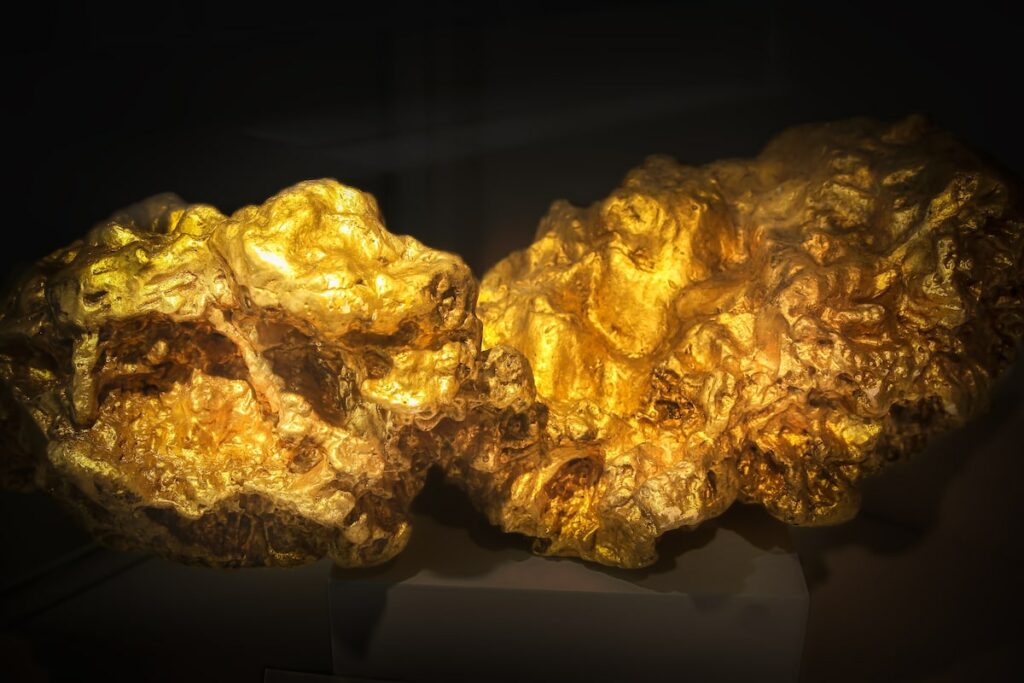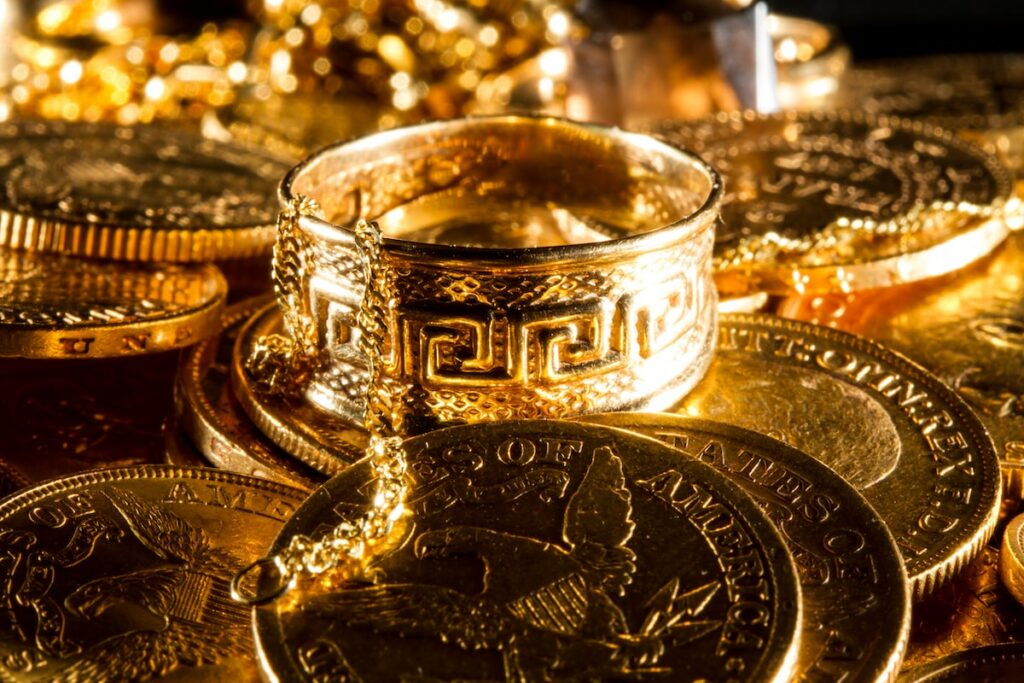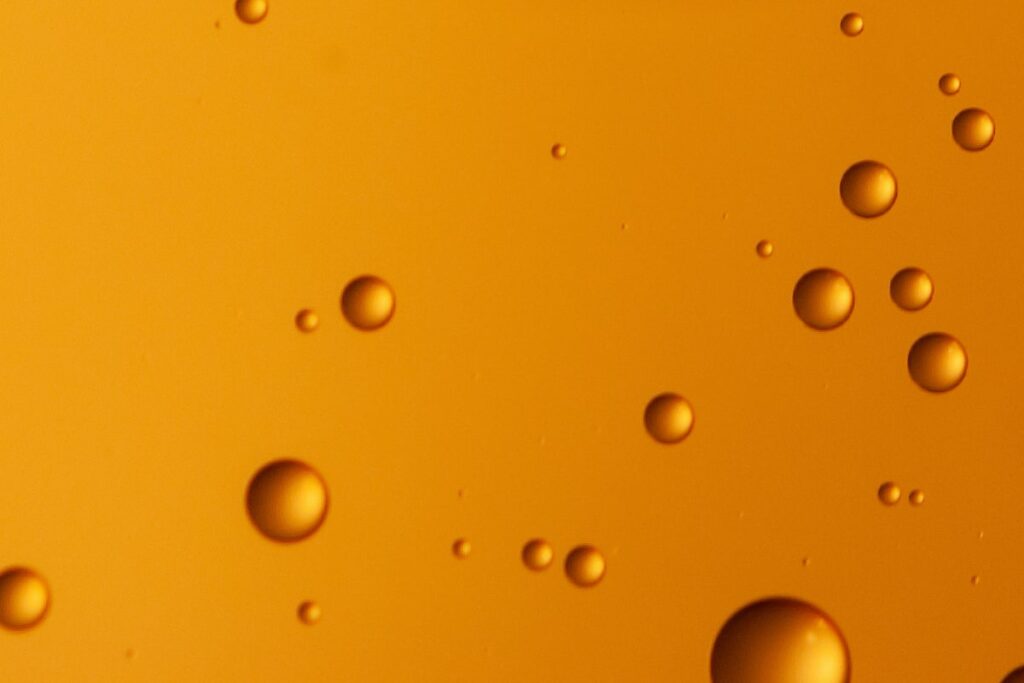In the world of jewelry, gold has always held a special allure.
Its lustrous beauty and timeless appeal have captivated people for centuries.
While 24-karat gold is considered the purest form, its inherent softness and susceptibility to scratches have created lower-karat variations.
Among these is 10-karat gold, known for its durability and affordability.
However, as with any precious metal, questions arise about its longevity and resistance to tarnish.
10k gold does tarnish. However, the rate at which it tarnishes is slower than other types of gold because it has less pure gold, meaning there is less gold to tarnish. The alloy’s other metals can also help slow the tarnishing process. It takes over 5 years to tarnish, but this also depends on how much care you give it.
In this article, we delve into the fascinating realm of lower karat gold, aiming to understand the factors that influence its potential for tarnishing and unravel the mysteries surrounding its enduring quality.
The Composition of 10-Karat Gold: Unveiling the Alloys and Impurities
Regarding 10k gold, it’s important to recognize that it is not pure gold but rather an alloy of other metals.
The “10k” refers to the karate, indicating the gold proportion in the alloy.
In the case of 10k gold, it contains 41.7% pure gold, while the remaining 58.3% consists of other metals.
These metals are typically added to enhance the durability and strength of the gold, as pure gold in its natural form is too soft for everyday wear.
Commonly used alloy metals include copper, silver, zinc, and nickel.
Despite the inclusion of alloy metals, 10k gold is still susceptible to tarnish over time.
Tarnish refers to the dulling or discoloration on the surface of metals, including gold. Impurities in the alloy composition can contribute to the tarnishing process.
For example, copper, commonly used in 10k gold, can react with moisture, oxygen, and sulfur compounds in the air or environment, leading to tarnish formation.
Additionally, the higher the percentage of non-gold metals in the alloy, the more prone the gold is to tarnishing.
The longevity of 10k gold, in terms of tarnish resistance, can vary depending on the specific alloy composition and external factors.
The presence of impurities, such as copper, can accelerate tarnishing.
However, other alloy metals like silver and zinc may exhibit tarnish resistance properties, mitigating the overall tarnishing process.
Factors like humidity, exposure to chemicals or cosmetics, and even individual body chemistry can also influence the rate of tarnish on 10k gold.
Understanding the composition of 10k gold and its susceptibility to tarnish is essential for proper care and maintenance, ensuring the longevity and beauty of this lower-karat gold option.
Tarnish: The Natural Enemy of Gold
Tarnish, often referred to as the natural enemy of gold, is a phenomenon that occurs when a metal’s surface undergoes chemical reactions with elements in its surrounding environment.
While gold is known for its remarkable corrosion resistance, tarnish can still affect it somewhat.
Tarnish on gold appears as a dull, discolored layer that forms on the surface, diminishing its shine and luster.
Various factors, including exposure to air, moisture, sulfur compounds, and certain chemicals, can cause it.
Understanding the nature of tarnish is crucial in comprehending its impact on gold’s longevity.
Several factors contribute to the tarnishing of gold.
One primary factor is the presence of alloy metals in lower-karat gold, such as 10k gold.
These alloy metals, added for durability and strength, can react with environmental elements, accelerating tarnishing.
Additionally, exposure to sulfur compounds, commonly found in the atmosphere, can contribute to tarnish formation on gold.
Other factors include high humidity levels, contact with cosmetics or perfumes containing certain chemicals, and individual body chemistry.
These factors collectively influence the propensity of gold, including 10k gold, to tarnish over time.
While gold may tarnish, some measures can be taken to minimize its impact and preserve its shine.
Proper storage is crucial, as keeping gold jewelry in airtight containers or using tarnish-resistant pouches can help reduce exposure to air and moisture.
Regular cleaning with mild soaps and non-abrasive cloths can help remove accumulated dirt and oils contributing to tarnish.
Protective coatings, such as clear lacquer or specialized jewelry finishes, can create a barrier between the gold and its environment.
Understanding the factors that influence tarnish and adopting appropriate preventive measures can help extend the longevity and beauty of gold, including lower karat options like 10k gold.
Factors Influencing Tarnish: Exploring Environmental and Chemical Effects
Various environmental and chemical factors influence Tarnish formation on gold, impacting its longevity and appearance.
Environmental factors:
- Air quality: Exposure to sulfur compounds and ozone in the air can react with gold and contribute to tarnish formation.Humidity levels: High humidity increases the likelihood of moisture coming into contact with gold, accelerating tarnish development.
- Harsh conditions: Exposure to saltwater, chlorine in swimming pools, or other harsh environments can also contribute to tarnishing gold.
Chemical effects:
- Cleaning products: Certain chemicals in cleaning products can interact with gold and initiate tarnish formation.
- Cosmetics and perfumes: Ingredients in cosmetics, perfumes, and hair sprays can react with gold and lead to tarnish.
- Other reactive substances: Various chemicals present in the environment can have a corrosive effect on gold surfaces.
Individual factors:
- Body chemistry: Differences in skin acidity, pH levels, and sweat composition among individuals can influence tarnish formation on gold.
- Medications and diet: Certain medications and dietary habits may introduce elements that interact with gold and contribute to tarnish.
- Personal care products: Products used on the skin or near gold can contain chemicals that accelerate tarnish formation.
Understanding these environmental and chemical influences is essential in implementing preventive measures and proper care to minimize tarnishes and preserve the beauty of gold objects.
Caring for 10k Gold: Tips and Techniques to Preserve its Luster
Caring for 10k gold jewelry is essential to maintain its luster and extend its longevity.
Here are some tips and techniques to help preserve the beauty of your 10k gold pieces:
- Gentle Cleaning: Regularly clean your 10k gold jewelry using mild soap in warm water. Gently scrub the jewelry with a soft-bristle toothbrush or a clean cloth. Avoid harsh chemicals or abrasive materials that scratch or damage the gold.
- Avoid Chemical Exposure: Take off your 10k gold jewelry before engaging in activities that involve contact with chemicals. Chemical substances in cleaning products, cosmetics, perfumes, and even certain lotions can react with the gold and lead to tarnish. Additionally, remove your jewelry before swimming in chlorinated pools or hot tubs.
- Storage: Store your 10k gold jewelry in a clean, dry, separate compartment to prevent scratching and tangling. Consider using individual pouches or soft jewelry boxes with compartments to keep each piece separated and protected from dust, moisture, and air exposure.
- Limit Exposure to Moisture: Moisture can contribute to tarnish formation on gold. Avoid wearing your 10k gold jewelry while bathing, showering, or engaging in water-related activities (click here to learn why). If your jewelry comes into contact with water, promptly dry it thoroughly with a soft cloth.
- Regular Inspections: Periodically inspect your 10k gold jewelry for any signs of damage, loose stones, or weakened clasps. If you notice any issues, take your jewelry to a professional jeweler for repair or maintenance.
- Professional Cleaning: Consider having your 10k gold jewelry professionally cleaned and inspected by a jeweler at least once a year. They can ensure that the settings, clasps, and prongs are secure and thoroughly clean to restore their shine.
By following these care tips and techniques, you can help preserve the luster and beauty of your 10k gold jewelry, allowing you to enjoy its timeless appeal for years.




